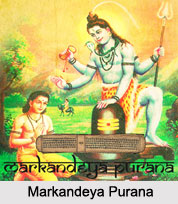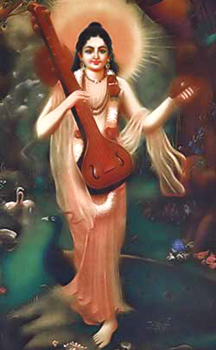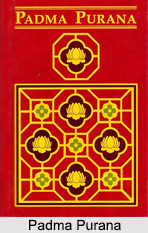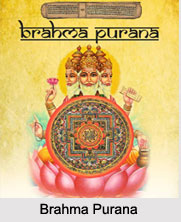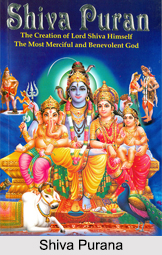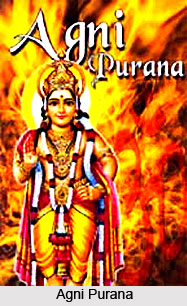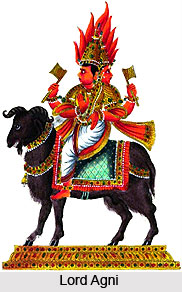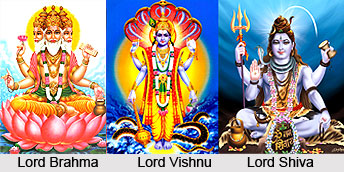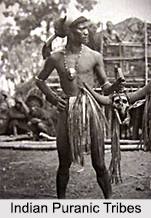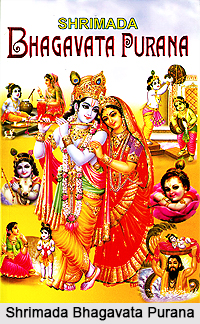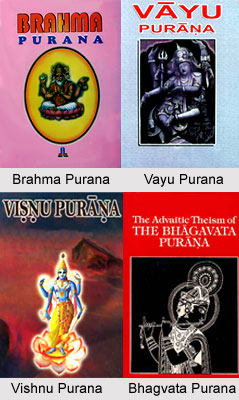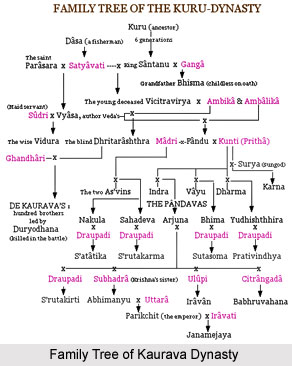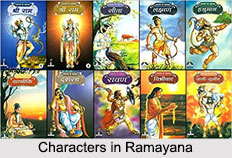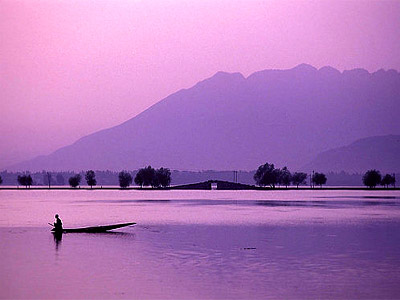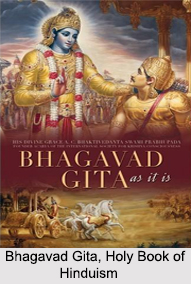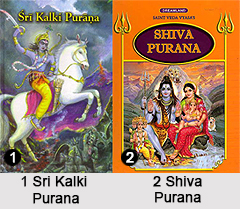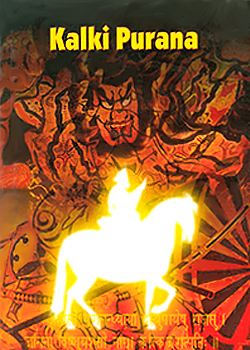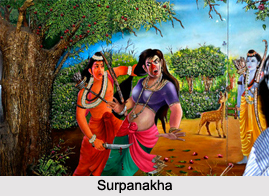In the nineteenth century the theory that was popularized was that all the gods of the Rig Veda were aspects of the sun. Solar mythology has now been eclipsed, but it is certainly true that many of the Vedic gods have some connection with the sun and that many of the creation hymns involve the discovery of the sun, and that many of the closing benedictions include a plea that the worshipper may continue to see the sun. For instance Lord Vishnu is a particularly solar god and Lord Agni and Soma has strong solar characteristics.
There is, in addition, a group of gods connected with the sun in various concrete ways. Dawn is incarnate as a goddess closely associated with the Asvins who are themselves the sons of Vivasvan, the sun. The Asvins are given credit for accomplishing many acts of benefit to mankind, particularly the rescue of people in danger many of these remain obscure, but one, the rescue of Atri, is described at length. Atri, in turn, is said to have found the lost sun, an act that may be seen as a variant of the original act of creation itself, the making or finding of the sun (usually attributed to Indra), or merely surviving the danger of an eclipse.
The sun is personified primarily as Lord Surya metaphorically; he is associated with the sun-bird who is in turn personified in a mysterious sage named Vena. Pusan is the charioteer of the sun and is therefore associated with journeys and travellers he is also the god who presides over the unharnessing of chariots at the end of the day. Savitri is the `Driver` who inspires and impels men to action; he, too, is invoked not only by day but at sunset and at night. The dark aspect of the sun, which is manifest even in the hymns to Dawn, is bala by a vision of the light embodied in the benevolent of night.
The hymns of the solar gods are separately dedicated to all the gods who form an integral part of the solar gods and all the hymns emphasise on the special characteristics if each of the gods.

